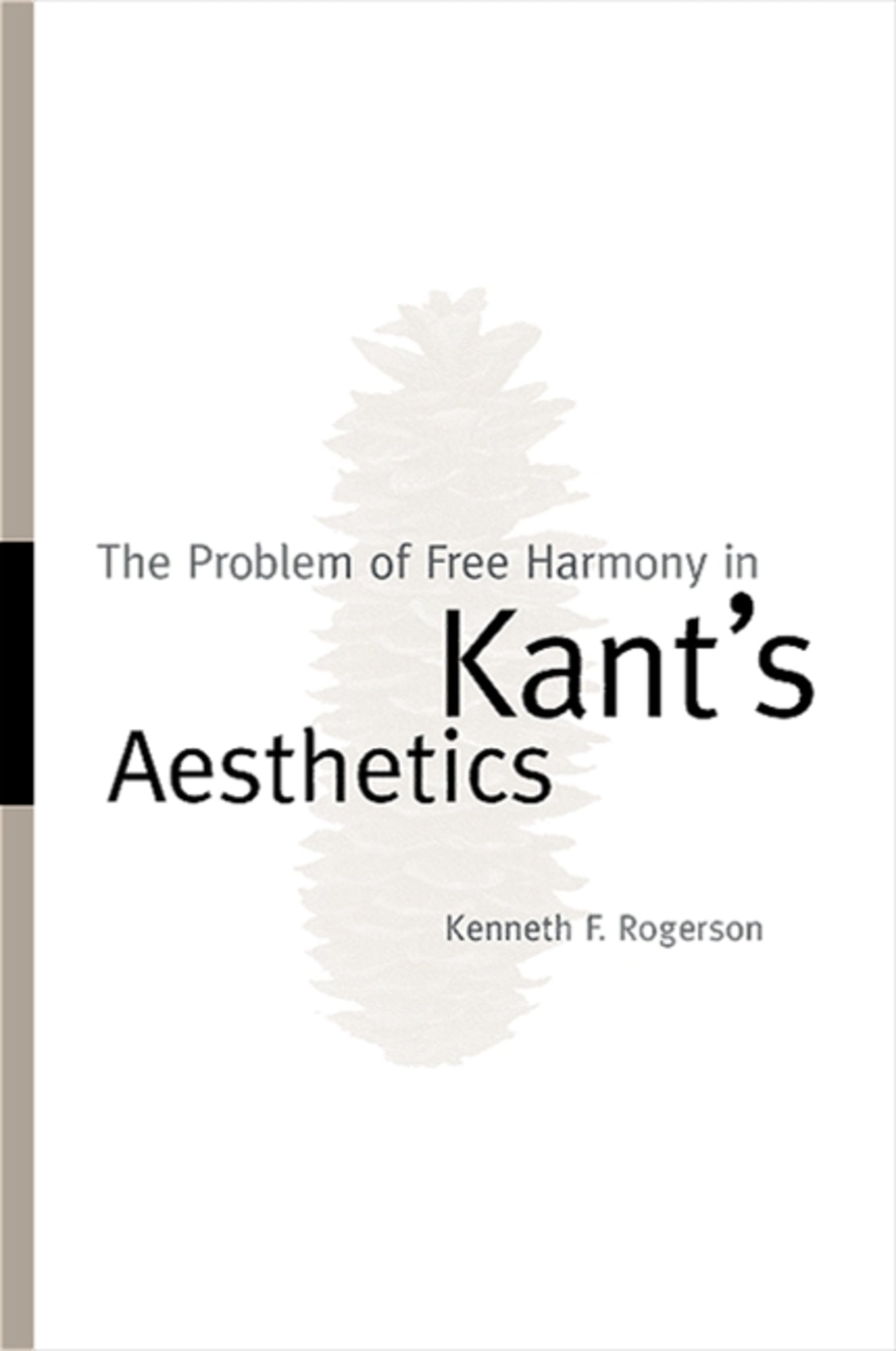We're sorry. An error has occurred
Please cancel or retry.
The Problem of Free Harmony in Kant's Aesthetics

Some error occured while loading the Quick View. Please close the Quick View and try reloading the page.
Couldn't load pickup availability
- Format:
-
13 November 2008

A study of the first half of Kant's Critique of Judgment.
In this book, Kenneth F. Rogerson explores the first half of Kant's Critique of Judgment, entitled the "Critique of Aesthetic Judgment." Rogerson provides an interpretation of arguably the most important issue in Kant's aesthetic theory, namely, a free harmony of the imagination and understanding. He uses this interpretation to explore several other important issues in Kant's aesthetic theory, including his distinction between art and natural beauty, the doctrine of aesthetic ideas, and the connection between beauty and morality.


"…an admirable example of analytic history of philosophy." — H-Net Reviews
Acknowledgments
Note on Citations and Translations
Introduction
1. The Problem of Free Harmony
2. The Doctrine of Aesthetic Ideas
3. Natural and Artistic Beauty
4. Free Harmony and Aesthetic Pleasure
5. The Extensiveness of the Criterion of Beauty
6. Beauty, Free Harmony, and Moral Duty
Appendix: The Meaning of Universal Validity in Kant’s Aesthetics
Postscript: The Argument for Universal Validity
Notes
Index



